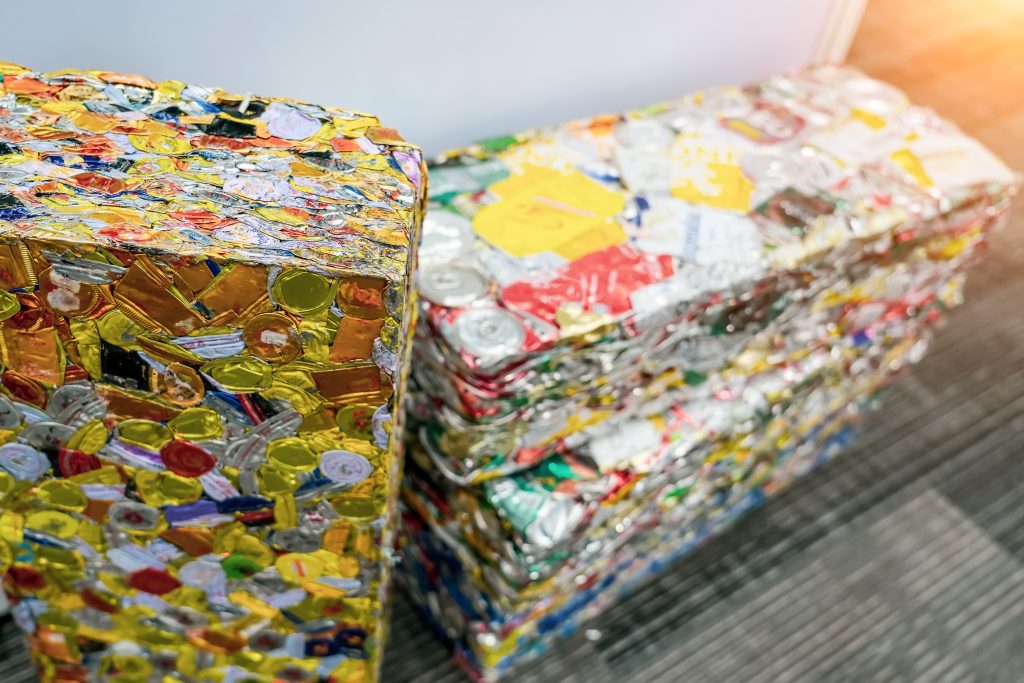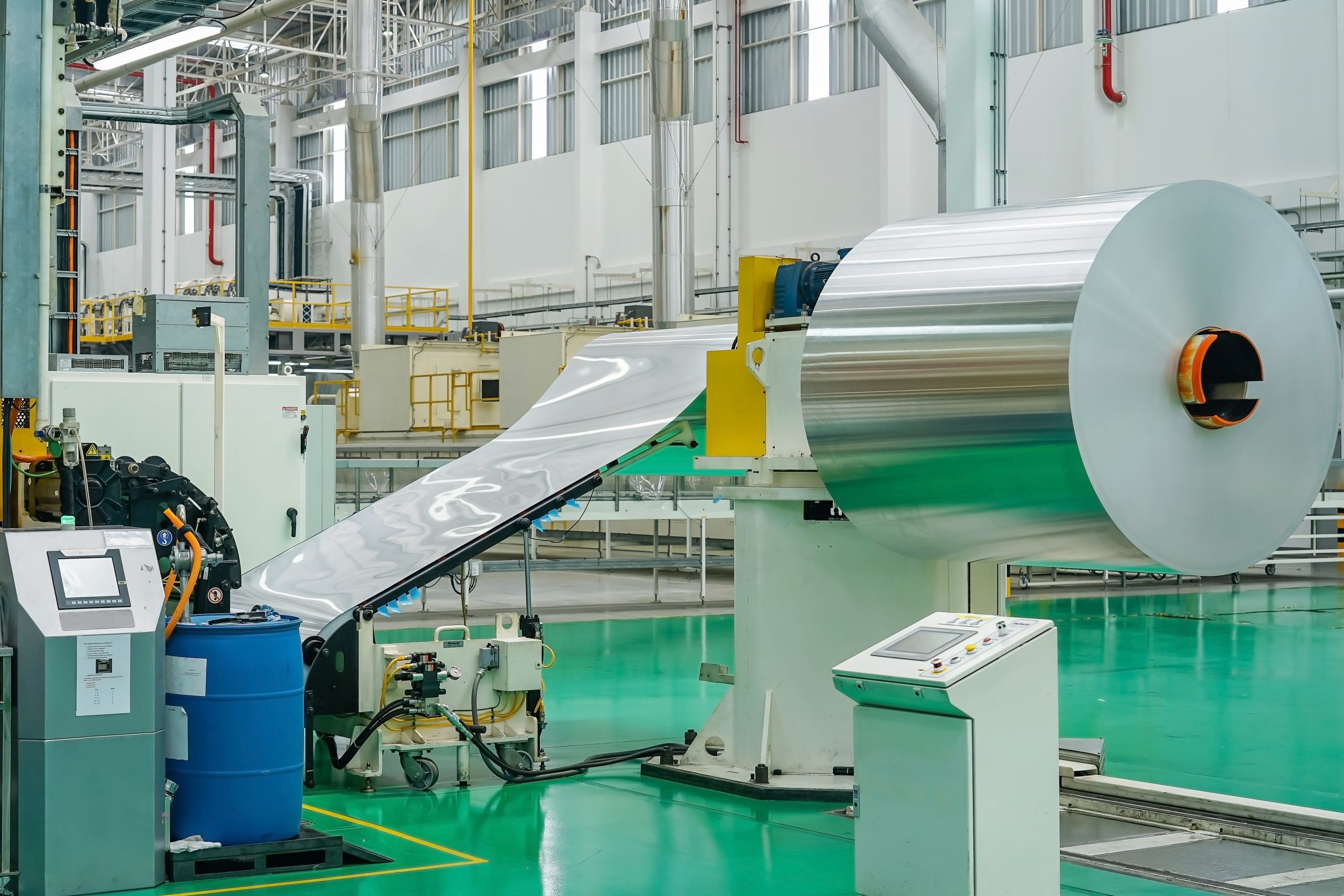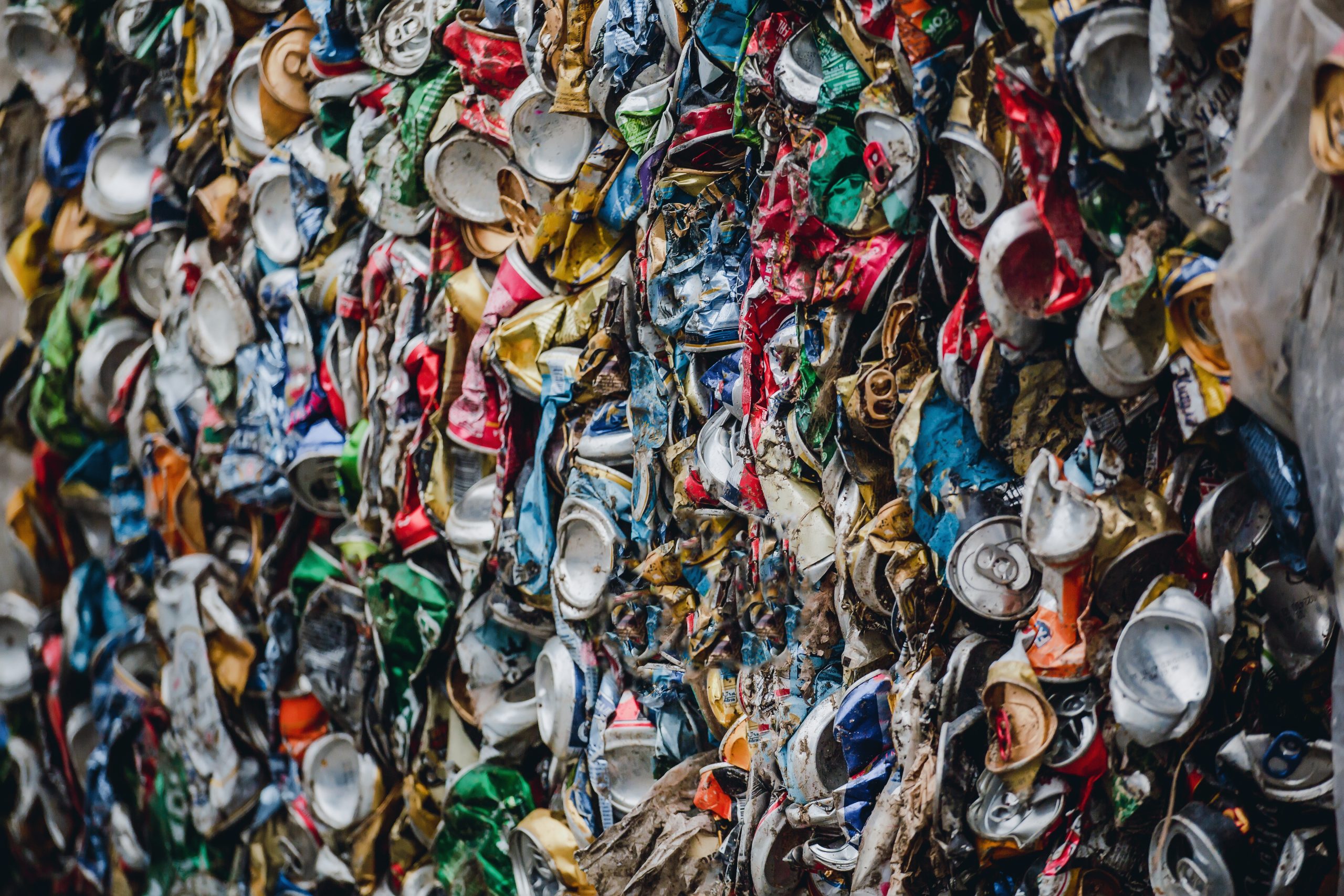The Recycling Journey of an Aluminium Can: From Waste to New Life

Aluminium cans are a common part of daily life, holding everything from soft drinks to beer. But what happens after you toss that can into the recycling bin? The journey of an aluminium can through recycling is not only an efficient process but also a vital one for conserving resources and reducing environmental impact.
- Step One: Placing the Can in the Recycling Bin
Recycling begins when you place your empty aluminium can in the recycling bin. A quick rinse to remove any leftover liquid helps prevent contamination and ensures the recycling process is smoother. This small step goes a long way in ensuring that the can can be effectively processed and reused.
- Collection and Sorting: The Recycling Facility
Once collected, the can is taken to a recycling facility where it is sorted along with other recyclables like paper, glass and plastic. Aluminium cans are separated from other materials because of their high recycling value. A process called “magnetic separation” ensures steel cans are removed, leaving only aluminium for further processing.
- Cleaning and Shredding: Preparing for Recycling
The aluminium cans are then cleaned to remove any contaminants like labels, dirt, or leftover liquids. This ensures that the aluminium is pure and ready for melting. After cleaning, the cans are shredded into small pieces. This increases their surface area, making it easier to melt the aluminium efficiently.
- Melting: Turning the Aluminium Into Raw Material
The shredded aluminium is heated in a furnace at about 660°C, causing it to melt. Melting aluminium for recycling uses much less energy than creating new aluminium from raw materials, saving up to 95% of the energy typically required. This energy efficiency is one of the key reasons aluminium recycling is so environmentally beneficial.
Once melted, the aluminium is purified, removing any remaining impurities, and poured into large moulds to create ingots (large blocks of aluminium that are ready to be shaped into new products).
- Rolling and Shaping: Transforming Aluminium Into New Products
The ingots are then sent to a rolling mill, where they are flattened into thin sheets. These sheets are used to produce new aluminium products, including beverage cans. The sheets are cut and shaped into the familiar round form of a can. This process is automated and efficient, enabling manufacturers to produce thousands of cans per minute.
- Painting and Printing: Giving the Can Its New Look
After shaping, the cans are coated with a protective layer of paint. This paint gives the cans their iconic appearance while also preventing corrosion. Once painted, the cans are printed with the brand’s design using advanced printing techniques to ensure high-quality, vibrant designs.
- Filling and Sealing: A New Can Is Born
Now that the can is shaped and designed, it’s ready to be filled. In a beverage production facility, the cans are filled with drinks like soft drinks, beer, or sparkling water. The filling process is carefully controlled to ensure the product remains fresh. After filling, the cans are sealed with a lid, inspected for defects and packed for shipment to retailers.
- The Recycled Can’s Second Life
The recycled aluminium can is transformed into a brand-new product, which might one day return to the shelves as a new can. The beauty of aluminium is its ability to be recycled indefinitely without losing its quality. Thanks to this circular nature, aluminium recycling reduces the need for raw materials and ensures the can continues to be reused, minimizing environmental impact.
- Environmental Benefits of Aluminium Recycling
Recycling aluminium offers significant environmental benefits:
- Energy Savings: Recycling saves up to 95% of the energy required to create new aluminium, which leads to lower carbon emissions.
- Resource Conservation: Recycling reduces the need to mine for bauxite, preserving natural resources and preventing habitat destruction.
- Waste Reduction: Recycling aluminium prevents cans from ending up in landfills, helping to reduce waste and maintain cleaner environments.
- Lower Carbon Footprint: The energy-efficient nature of aluminium recycling helps to reduce greenhouse gas emissions, supporting efforts to combat climate change.
Conclusion: A Sustainable Future with Aluminium Recycling
The recycling journey of an aluminium can highlights the importance of reuse in building a sustainable future. From sorting and melting to reshaping, the process conserves resources, saves energy and reduces waste. By recycling aluminium cans, we contribute to a circular economy, minimise the need for new materials and promote sustainability. The life of a recycled can doesn’t end there, it becomes part of an ongoing cycle that benefits both the environment and the economy.
